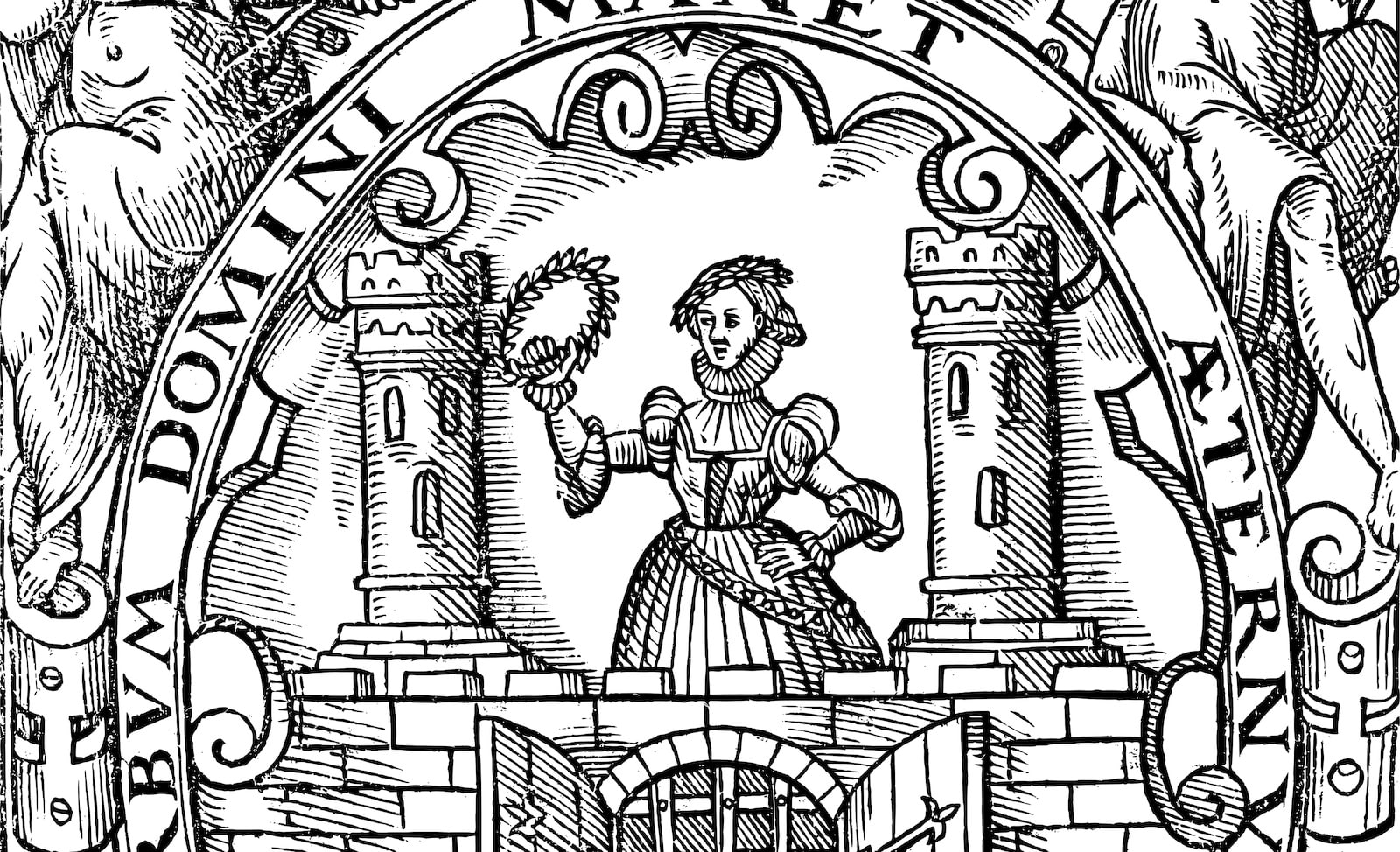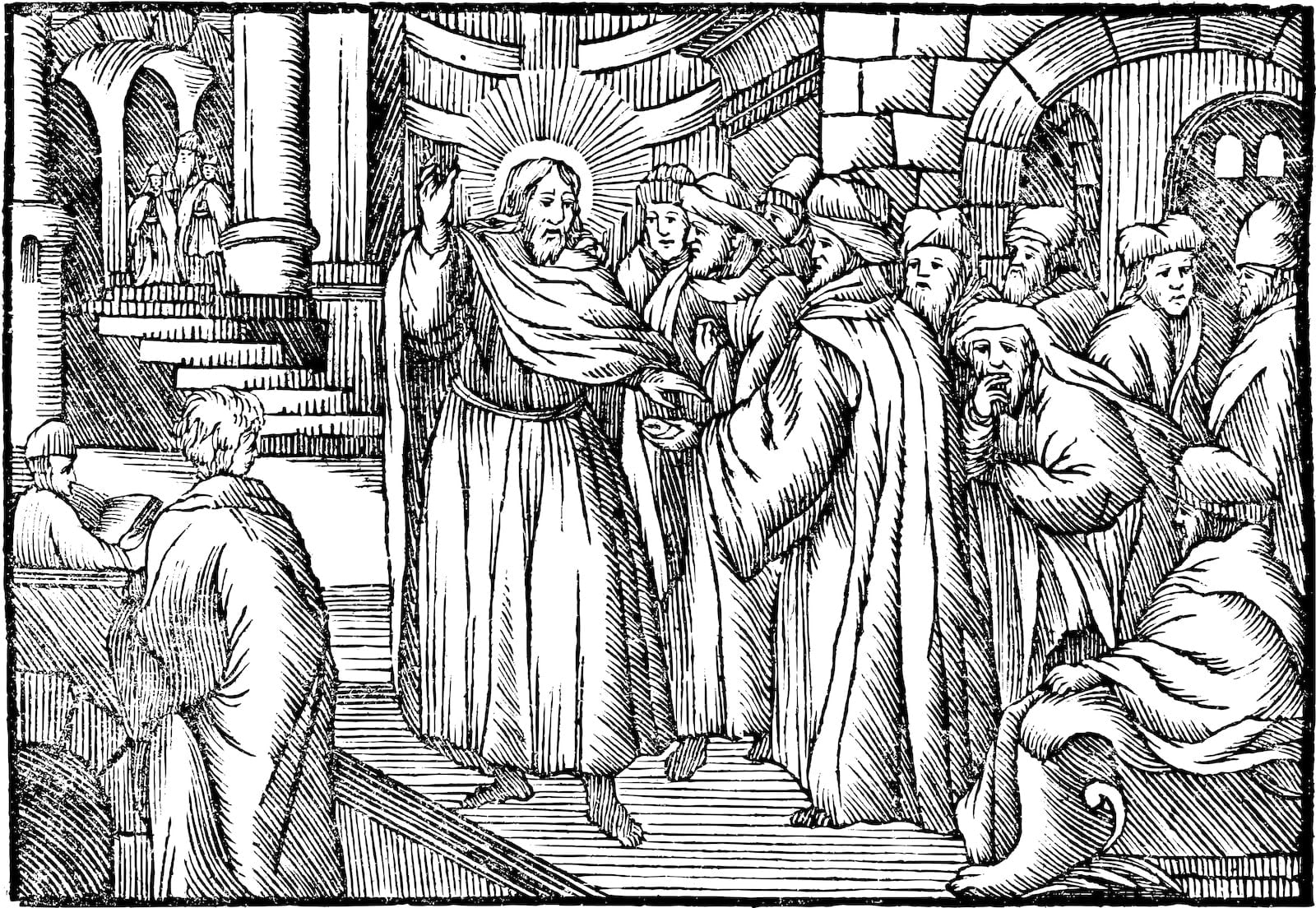I am a member of that generation of Christian students who benefited tremendously from the return to classical education that has blossomed in the last decades. I had taken all the prosaic subjects at the small, rural Christian school I attended since early childhood, but as I entered high school my mother and others were laboring, successfully, to transform the school into a classical academy. I shuddered when she showed me the formidable logic textbook I would be using in the fall, and the literature, theology, and history textbook (Omnibus III) was much larger. I was prepared to hate classical education.
And yet, when I joined seven other students for the first year of classical instruction ever offered in this small Wisconsin town, I was fascinated. Among the first books we read were George Orwell’s Animal Farm and the Westminster Confession of Faith, which have both made a permanent mark on me. Even biblical Greek was less of a nightmare than I imagined. For the first time in my life, I was being challenged academically and loving it. So when it came time to look at colleges, it only made sense to apply to New Saint Andrews, the only college I knew of that used a classical model. I joined the freshman class of 2010, lustily singing the psalms and reading all sorts of books that no other college dared assign to freshmen, from Quintilian’s Institutio Oratoria to Calvin’s Institutes of the Christian Religion.
One of the tenets of classical education, I learned, was the concept of ad fontes, to the sources. Rhetoric, for example, was the ancient art of speaking, refined and mastered over years, not the artless political shouting matches the term brings to mind. Until 1850 or so, the art of rhetoric was taught with the help of Quintilian and the Roman masters, and was a key part of any education worth the name. But in the years before the revival of classical education, it had been almost entirely forgotten, replaced by new concepts like “political science,” or worse, “marketing.”
I was told that mastering rhetoric as the ancients understood it would give me depth as a person, create fertile ground in my mind in which new skills could grow, and make me, in the language used by the college, “copious.” And so it turned out to be. Eight years of classical education fired my historical imagination and helped me understand how the church and the world had lost at least as much as we gained in the last few centuries of “progress.” I developed a sensitivity to older ways of seeing the world, something which finally led me to pursue graduate studies in history. If, as one historian has concluded, “the past is a different country; they do things differently there,” then classical education helped me become a citizen of that country (or at least obtain a tourist visa). Nothing was more welcome than the prospect of escaping the absurdity of late modernity by diving into the past—ad fontes.
As I began to study history systematically in the years after college, and finally enrolled in a graduate program in the field, I realized that there had been a surprising hole in my religious education. His name was Martin Luther. Of course we talked about Luther whenever the Reformation came up, but he was always portrayed as John the Baptist—someone who made a straight path in the desert for the coming of Zwingli and Calvin.
When I read Diarmaid MacCulloch’s The Reformation: A History, I realized that not everyone shared this view. In certain parts of Reformed Christianity, Luther’s relevance is limited to the 95 Theses and The Bondage of the Will. By 1525, he had made his world-changing statements on justification by faith alone and salvation by God’s will, not our own. But in the Reformed narrative, he needed to leave the stage as Zwingli and Calvin entered it. They and their fellows would bring true evangelical religion to Europe, without any medieval ceremonies.
Luther’s great battle, however, was just beginning. One of the keys to his theology, which defined his work after 1529, was his theology of the sacraments. This is the part of Luther’s theology that I would never have known in detail if I hadn’t married a sweet Lutheran girl. Her family was frustratingly certain that the Lord’s Supper was not a mere act of remembrance, as I had grown up believing, an awkward ceremony to be hurried through four times a year. Her family was equally clear that the Lord’s Supper did not include the miracle of transubstantiation insisted on by Roman Catholics. In this way, I became slowly aware of Luther’s view, but it did not tempt me. It was “too Catholic,” as I would have described it.
Instead, like many Reformed Christians with an interest in church history and liturgy, I clung to John Calvin’s formulation of the Lord’s Supper in which Christ is “spiritually present” over Zwingli’s insistence that the Sacrament was a mere memorial. For some Calvinists, the Lord’s Supper becomes a completely spiritual exercise, in which our spirits are whisked up to the throne room of God (Scots Confession 21) and Communion takes place there—the eating of the elements hardly matters. The only “meaning” for it is in heaven.
I read what every Reformed creed and confession had to say on the subject and fancied that I knew a little about it. Then, a half-educated student of the sacraments, I would robustly defend Calvin’s view to my wife’s family. But in a conversation with my brother-in-law, a newly-minted Lutheran pastor in his first call, my fuzzy conception of the Supper gave out. I could find no reason why the place of Communion would be in heaven, instead of on earth where Christ instituted it. Nor could I defend the Calvinist assertion that Christ’s presence is somehow physically barred from being present in the elements because of His human nature. I had the uneasy sense that Calvin’s doctrine would fall apart if subjected to Occam’s Razor. If I abandoned it, I would be left with the Zwinglian view that Communion is merely a memorial, not a nourishing feast. How could all the things Christ says about Communion be true if He was engaging in a mere figure of speech when He, the Word of Truth and Life, declared “This is my body, this is my blood?”
That conversation took place in October of 2020, and on All Saints’ Day my wife and I attended University Lutheran Chapel in Minneapolis for the first time. In the course of my studies of church history and the Reformation, I became convinced that only one Reformational church has maintained the majestic offer of Christ’s true body and blood for the forgiveness of sins without the dead ceremony of the Roman mass. By putting my classical education into practice and returning ad fontes—to Scripture, the church fathers, and the magisterial Reformers—I ended up discovering the treasures of Lutheranism.
Most advocates of ad fontes have not pushed this idea into the corners. They speak of returning to the riches of the early church, recovering Athanasius on Christ’s incarnation and Augustine on original sin. But they see any reference to the real presence of Christ in the Lord’s Supper as superstitious and outmoded, despite the near-universal witness of the church fathers. Going back to the sources certainly comes with dangers. The oldest traditions, hymns, or even theological concepts are not necessarily better than later developments. That is why Scripture, not antiquity, must be our only standard. It must rule our interpretation of everything we find in the church or in history, or we will have no defense against the Cult of the Old or the Cult of the New, both of which have taken root in different corners of Christendom.
What Lutheranism offers, then, is the chance to participate in the historic liturgy of the church, to eat a Supper that has not been emptied of meaning, while clinging to salvation by grace alone and the sole authority of Scripture—the Word of the Lord which endures forever. I have not found another church that offers these things. After an intense period of religious searching and prayer, my wife and I were grateful and blessed to be received into the Lutheran church at the Easter Vigil, AD 2021.
There is an irony to finding the Lutheran faith through the robustly Reformed world of classical education. Since becoming Lutheran, I have been surprised to find that other Reformed friends and acquaintances are contemplating the same step, many of them involved in classical education. I have become convinced that classical education is a great way to take ordinary evangelicals and make Lutherans out of them. Teaching students to appreciate the history of the church with the eyes of the past will inevitably make some of them appreciate the conservative Reformation of Luther more than that of the Reformers who broke with him. Classical education, and specifically the call of ad fontes, reminds us that the roots of our faith are in the story of our past. Our most important and most difficult duty is to pass that faith on to our children. My wife and I have decided to use classical education to pass that deposit of faith to our children. Will you do the same?



